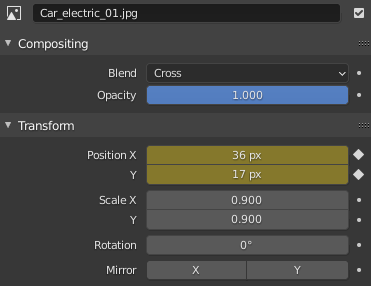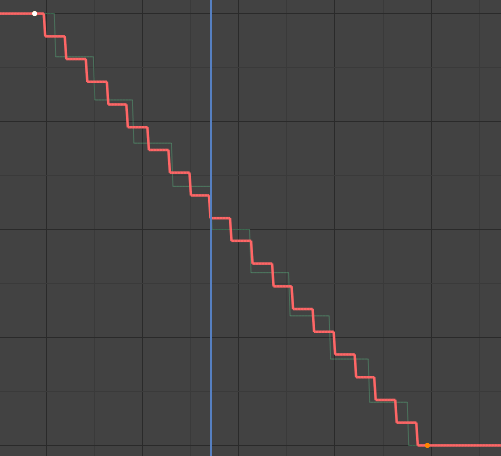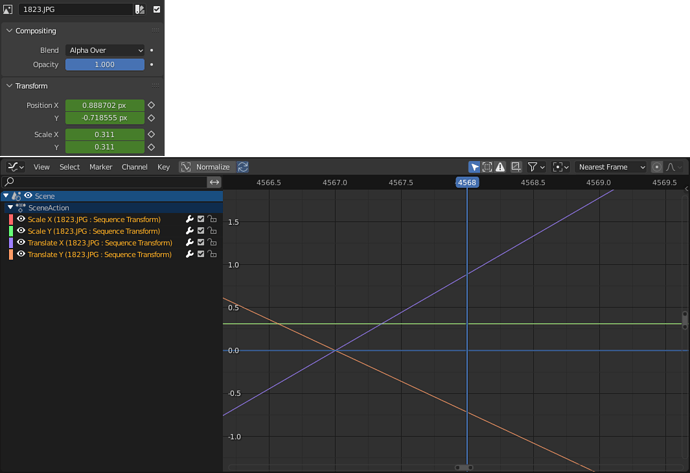I tried to find a solution to this exact issue. I’m making a slideshow using the vse, where pictures are zoomed and moved continuously. I believe in earlier versions of blender, this could be done using the “transform” effect in vse, because its position is stored as a float. In that case, the offset and scaling of the original image strip had to be disabled and a box had to be ticked in the “crop” field, giving the “transform” effect direct access to the full image data (as far as I remember). With the current version of blender, this no longer works (the offset, scaling and cropping of image strips in the vse can’t be disabled anymore). Therefore, the original image is first scaled or cropped to the scene render size, where data is lost. This version of the image is then used as the input of the “transform” effect.
I tried animating the position of the original image strip in the vse. This did not look nice because the one-pixel-steps are clearly visible in the finished animation. So I dug a little deeper and took a look at the source code. As it turns out, it may be sufficient to change the data type of the position value of sequencer strips from int to float. At least, it works well in my case. It’s also backward compatible as far as I tested.
The only code changes necessary are:
blender/source/blender/makesdna/DNA_sequence_types.h
...
typedef struct StripTransform {
float xofs;
float yofs;
...
blender/source/blender/makesrna/rna_sequencer.c
...
prop = RNA_def_property(srna, "offset_x", PROP_FLOAT, PROP_PIXEL);
RNA_def_property_float_sdna(prop, NULL, "xofs");
RNA_def_property_ui_text(prop, "Translate X", "Move along X axis");
RNA_def_property_ui_range(prop, -FLT_MAX, FLT_MAX, 1, 6);
RNA_def_property_update(prop, NC_SCENE | ND_SEQUENCER, "rna_SequenceTransform_update");
prop = RNA_def_property(srna, "offset_y", PROP_FLOAT, PROP_PIXEL);
RNA_def_property_float_sdna(prop, NULL, "yofs");
RNA_def_property_ui_text(prop, "Translate Y", "Move along Y axis");
RNA_def_property_ui_range(prop, -FLT_MAX, FLT_MAX, 1, 6);
RNA_def_property_update(prop, NC_SCENE | ND_SEQUENCER, "rna_SequenceTransform_update");
...
The next problem in my usage case is Moiré artifacts caused by the bilinear down-scaling. My pictures are 32 megapixels in size and the render size is 1080p. Blender’s bilinear transformation is only good for down-scaling up to a scale factor of 0.5. But that’s a story for another time.


